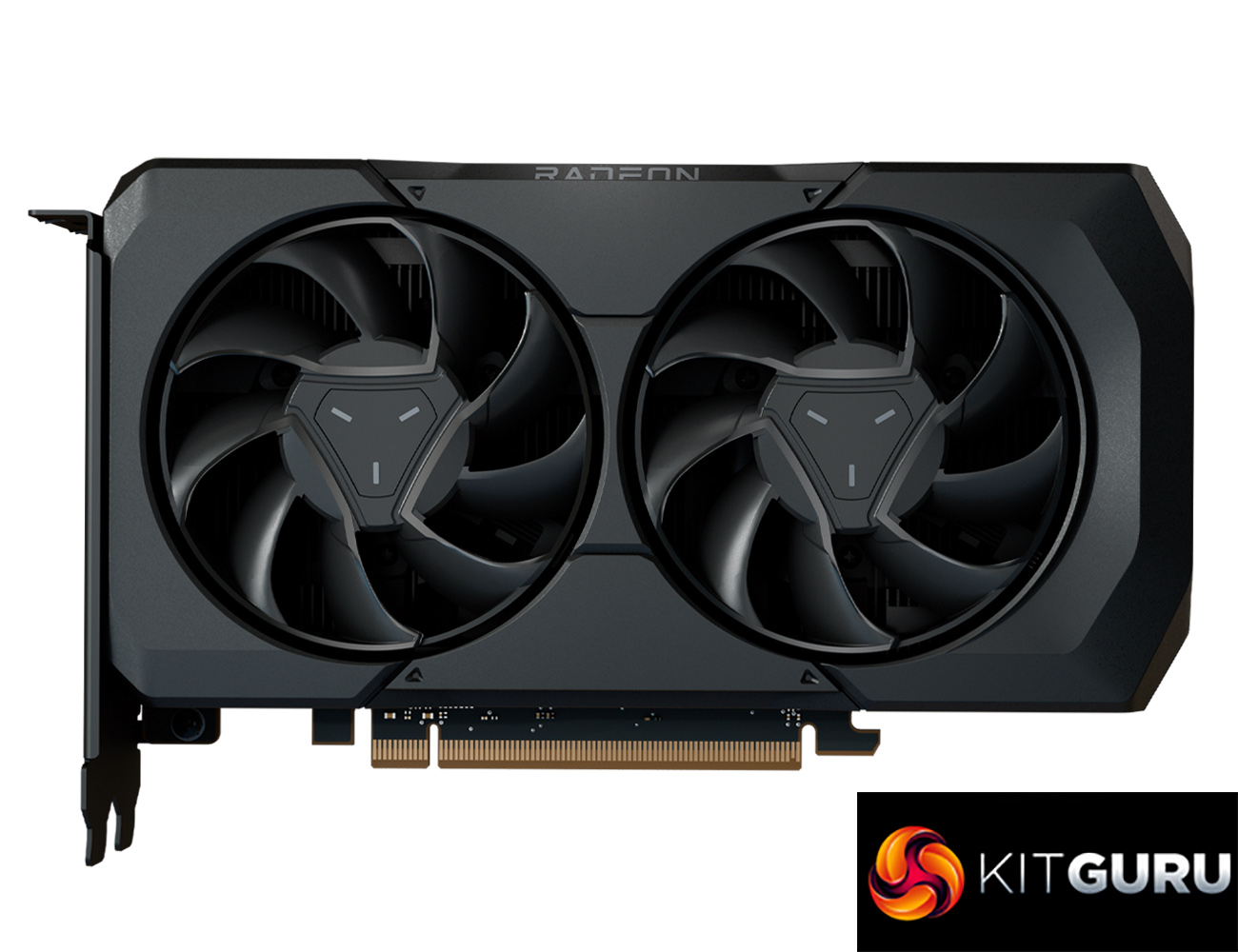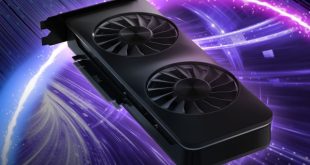A day on from the launch of Nvidia's RTX 4060 Ti, AMD has returned from a quiet period with its new RX 7600. While certainly not as objectively bad as the RTX 4060 Ti proved, the RX 7600 isn't exactly a particularly exciting launch, mostly because AMD has stolen its own thunder with a wide range of deals on RDNA 2… but we'll get to that shortly.
In terms of performance, there's a decent generational improvement on offer, as we see the RX 7600 come in 31% faster on average than the RX 6600 at 1080p. It's also 10% faster than the RX 6600 XT, and only 10% slower than Nvidia'a RTX 3060 Ti. It's clearly best suited for 1080p gaming, and although 1440p isn't out of the question in some games, the low memory bandwidth due to the 128-bit memory interface means it does drop off as we increase resolution – now coming in 13% slower than the RTX 3060 Ti on average.
Ray tracing performance sees even bigger gains for the RX 7600 relative to its predecessors, where it comes in 20% faster than the RX 6600 XT, clearly showing the strides made by the RDNA 3 architecture in this regard. Even then, it's not able to manage playable frame rates in every game with high ray tracing settings, and it's almost always slower than Nvidia's RTX 3060 12GB for RT workloads, so AMD still has plenty of ground to make up here.
A quick word on AMD's reference design. It's a very capable unit, I personally think it looks fantastic and it's great to have a metal shroud and backplate at this price-point. It runs pretty cool and pretty quiet under load too. I did notice a bit of coil whine in regular usage, though this was most noticeable when hovering around in-game menus. We're also working on a review of Sapphire's Pulse model too, which is going to be available at the same £259.99 price as the reference card, so that could well be something to look out for. (Update, that review is now live.)
Discussion around the 8GB frame buffer is also of importance. After all, that was a major issue for us in our RTX 4060 Ti review, and the RX 7600 is outfitted with the same 8GB capacity over a 128-bit memory interface. I stand by my comments made yesterday, if you want an uncompromised, maximum settings gaming experience, 8GB of VRAM is going to give you problems today, even at 1080p, and that will only get more pronounced over the next year or two.
I don't see this as being as much of an issue for the RX 7600 however, for one simple reason – price. Hitting the market at £260, end users will be a lot more willing to compromise on image quality to fit inside the 8GB buffer, than you would for the RTX 4060 Ti at nearly £400. A 12GB buffer on the 7600 would certainly increase its appeal, giving it that bit of extra VRAM breathing room as 8GB is undeniably problematic, especially considering AMD's recent marketing efforts around this topic. Even then, 8GB VRAM is certainly more forgivable here than with the RTX 4060 Ti.
That is, however, until we bring RDNA 2 GPUs into the discussion, as those cards now offer hefty discounts across the board. I’ve seen RX 6600s for just £200 at OCUK, and the RX 6650 XT is currently less than £250. At those prices, I do struggle to see a clear reason to opt for the RX 7600 over a previous-gen offering. After all, the RX 6600 is still a very solid card for 1080p gaming at high settings, and if you’ve only cashed out £200, the thought of tweaking image quality settings to fit within the 8GB frame buffer is even less painful than it is if you’ve paid £260 for an RX 7600. The RX 6700 10GB also looks like a strong option in the US at just $280, though availability is much scarcer this side of the Atlantic.
I’d usually point to an improvement in power efficiency as a selling point for the newest-gen GPUs, but the unfortunate reality is we simply don’t get that with the RX 7600. At 1080p, its overall efficiency is within just 4% of the RX 6600, with the increase in performance (+31%) almost entirely cancelled out by the increase in power draw (+26%). AMD’s decision to opt for TSMC's 6nm node clearly hasn’t paved the way for any real efficiency gains, and that is a definite shame.
AMD's RX 7600 can therefore be colloquially described as ‘pretty meh'. The last minute price adjustment from £289.99 down to £259.99 has given it just enough that it’s not absolutely atrocious, but if you’re looking for a new 1080p gaming GPU, the RX 7600's launch is hamstrung by the availability of its predecessors, given they are on sale at such competitive prices. AMD would need to knock another 20-30 quid from the price for the RX 7600 to become our go-to recommendation in this lower-tier segment – at least until we see what the RTX 4060 can bring to the table in July.
The AMD RX 7600 will retail for £259.99/$259, with availability from tomorrow, May 25th.
Discuss on our Facebook page HERE.
Pros
- A decent generational improvement over the RX 6600.
- Very solid performance for 1080p high settings.
- Ray tracing is a lot more viable in certain games.
- Dinky little reference design.
Cons
- RDNA 2 is incredibly competitive in the low-end segment due to significant price cuts, even after the RX 7600's last minute price adjustment.
- 8GB VRAM, while more forgivable at this price point, is still a clear limitation for gaming today and into the future.
- Ray tracing performance is still worse than the RTX 3060 12GB.
- Next to no improvement in power efficiency compared to the RX 6600 and 6600 XT.
- Some coil whine is audible from the reference card.
KitGuru says: The RX 7600 certainly doesn't excite quite the way we had hoped, largely thanks to the sheer value offered by AMD's RDNA 2 GPUs at their current price points. The improvements to ray tracing help, along with the addition of AV1 encode, but a further price cut would be needed to make it a clear standout over the last-gen parts.
Be sure to check out our sponsors store EKWB here
 KitGuru KitGuru.net – Tech News | Hardware News | Hardware Reviews | IOS | Mobile | Gaming | Graphics Cards
KitGuru KitGuru.net – Tech News | Hardware News | Hardware Reviews | IOS | Mobile | Gaming | Graphics Cards




